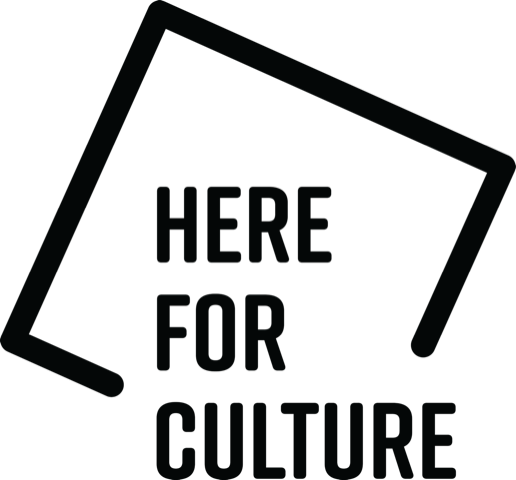Summer talks rethinking current photojournalistic practices in war & conflict
20 April 2020The Moth House will be announcing in June a series of thought provoking talks by various artists rethinking current photojournalistic practices, to be developed in conjunction with the University of South Wales, Redeye Network and the Imperial War Museum.
‘Photographs as an act of resistance – The Holocaust, Georges Didi-Huberman and Georges Perec’, will focus on writings by Georges Didi-Huberman and Georges Perec to respond to the photojournalist Anton Hammerl’s disappearance/death, during the Libyan war, an event without witness. The way to address such an event should not be about filling the absence, but instead confronting it. It requires a composite approach, noisy, multiple, fragmentary, which holds in tension memory, experience and history in the form of rags— much like in Jean-Luc Godard’s A Histoire du Cinema. In Images in Spite of All (2008) Georges Didi-Huberman argues that “Godard seems always to have situated his reflection on the powers and limits of cinema in the systole and diastole of the image itself: its essentially nature alternating with its capacity to become, suddenly, excessive. It is a pulsation – our ‘dual system’ of the image –where the limit is able to become transgression, that is, the power to give more than what is expected, to disrupt the gaze, to disrupt the veil. How is this possible of an image that is ‘just an image’, in other words, the contrary over an all, of a unitary capturing, of an absolute, whatever that may be? It is possible because an image does not exist as ‘One’: ‘There is no image, they are only images.’ (Didi-Huberman 2008: 134-135). Both Didi-Huberman and Perec’s writing are rooted in and confront the most disturbing historical realities [the Holocaust and the disappearance/loss of a parent (during the Holocaust)]. Both seem to address the notion of ‘unimaginable’ horror, albeit in very different ways.
Stay tuned for news on upcoming dates and speakers.




